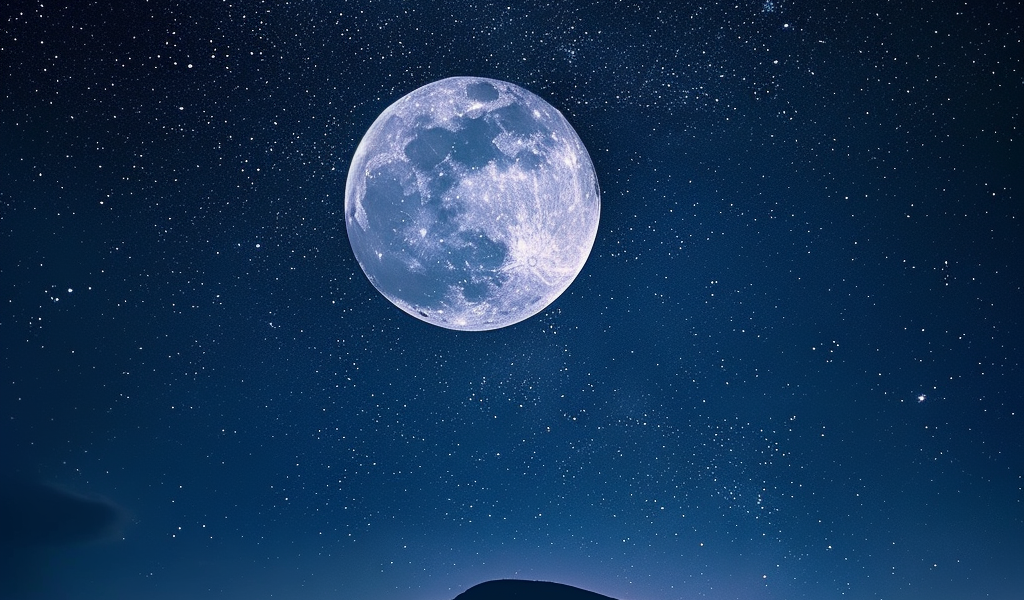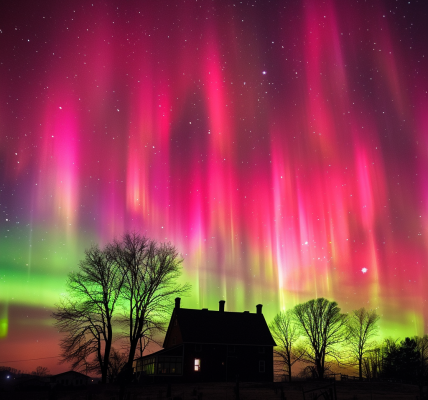February skygazing: Here’s what you can expect to see in the night sky this month
By Andrew Wulfeck
February is a time period that astronomers are hoping quickly passes by as there are few significant events on the docket for the entire month for the Lower 48.
Several planets will be visible, and the Alpha Centaurids meteor shower is set to peak during February, but because the ancient Greeks discovered that the planet was a sphere, countries in the Southern Hemisphere will be treated to a better show than those on the northern side.
24th: Full Snow Moon
If skies are clear on Feb. 24, the full Snow Moon will be visible at peak illumination across the entire globe.
But the Moon will take a backseat compared to its standard glory, as the lunar body will appear duller and smaller than is typical.
While space experts concur that the Moon is slowly drifting away from Earth, it is because of its natural orbit that the natural satellite will make it appear smaller later in the month.
Due to its position, the Moon will be known as a micromoon and will be around 252,000 miles away from Earth.
Micromoons account for two or three of the full moon cycles during a year, while the opposite stage of a supermoon occurs three to four times annually.
Weather will hinder any stargazing opportunities
Besides being a tough month for stargazers, a recent bout with fog will likely continue through the foreseeable future.
The combination of melting snow, high moisture content, and warm overnight lows has led to the broadest expanse of dense fog in memory.
During the height of the low cloud cover, more than 100 million people were under a Dense Fog Advisory.
Dense fog alerts are only issued by the National Weather Service when visibilities of a1/4 mile or less are expected for at least two hours.
There is always a chance of a pop-up asteroid lighting up the night sky, like what recently happened in Germany, but those events are rather infrequent.
Space experts consider a display of the Northern Lights to be more likely as Solar Cycle 25 reaches its expected peak later in the year





